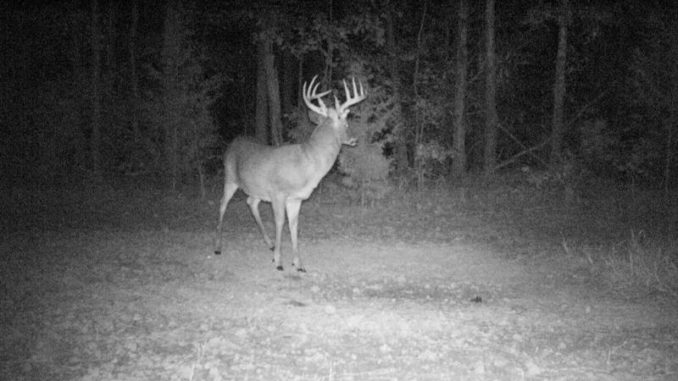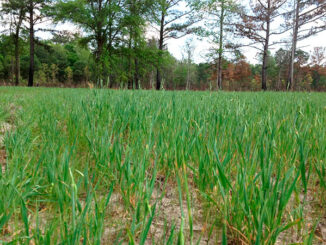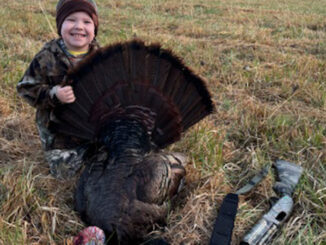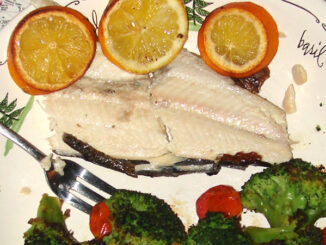
During the rut, the action can get hot and heavy. As does come into estrus, odors filter through the deer woods like smoke in a forest fire, driving bucks crazy. Hunters who spend a lot of time in the stand get many opportunities to see deer moving in and out of their property.
However, a new buck will often show up and start using the same rubs and scrapes the locals are using. Having a new, mature buck in an area might cause hunters to hunt a stand differently or hunt a different stand under specific conditions. This is when trail cameras come in handy.
Trail cameras are becoming just as important as the bullets or arrows, gathering information when hunters aren’t in the woods. While many hunters use trail cameras to monitor food plots and trails, some of the best places to erect trail cameras are around regularly used scrapes and rubs. Sometimes, the number of deer and the specific deer using scent posts can be shocking.
According to Jonathan Shaw, deer biologist for the N.C. Wildlife Resources Commissions, a wide variety of deer will use the same scrapes and rubs on a daily basis.
“It is not always big bucks making big rubs,” Shaw said. “At Chesapeake Farms on Maryland’s Eastern Shore, I personally watched a spike buck (make) one of the biggest rubs on the farm.”
Both mature and subordinate bucks participate in breeding behaviors at scrapes and rubs. While the general consensus is that mature bucks are the sole breeders when a dominant buck is around, it is not always the case either.
“Genetics research on Chesapeake Farms showed how subordinate, yearling bucks do a fair amount of the breeding, even when there was a large population of mature bucks active in the area,” he said.
Trail cameras set up around regularly used scrapes and rubs can provide crucial intelligence about the deer that are using these scent posts. In addition to identifying specific animals, hunters can find out when these deer are showing up and from which direction they are coming.





Be the first to comment